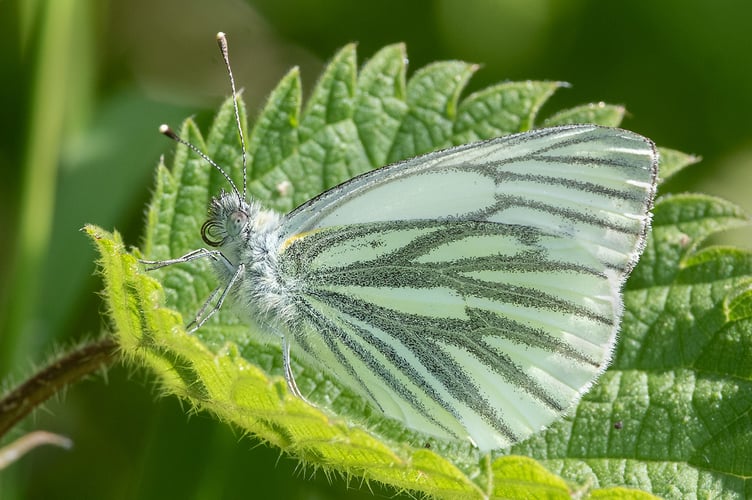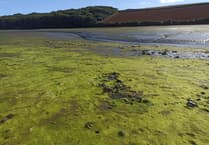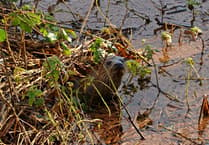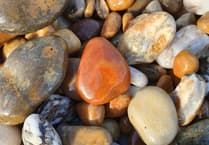This has been another variable year for butterflies with some species such as Gatekeepers and Meadow Browns doing well while many normally common ones are scarce.
There is still time for an autumn surge of late fliers but, so far, I have seen few of the regular immigrant species like Painted Ladies and no Clouded Yellows. Last year I only managed a fleeting glimpse of one Clouded Yellow but 3 years ago they were easy to find, particularly along the coast.
It seems to me that coastal sites have produced slightly better results than inland areas. Even then, several of the less common species such as Dark Green Fritillaries and Small Pearl-bordered Fritillaries have been absent.
It appears that the butterflies which have been visible are becoming more localised. For example, I regularly find a few Marbled Whites at Woodleigh Wood and Watkins Wood but not at the nearby Andrews Wood. However, old records show they were once there but suddenly disappeared.
On the other hand, I regularly see Brimstones and Silver-washed Fritillaries in Andrews Wood and Aveton Wood but struggle to find them elsewhere.
Even Large Whites are getting scarce. This might seem like a good plan for anyone growing cabbages or Nasturtiums but they are a good indicator of general environmental health. Could a reduction in the availability of suitable caterpillar food be a cause of lower numbers?
I have one of the few remaining vegetable gardens but I don’t grow cabbages.
The less common Green-veined White caterpillars which have a wider range of food appear to be mostly unaffected.
There are several theories about this decline in butterflies including, climate change, habitat loss and overuse of chemicals. But it seems that species who have caterpillars which feed on a wide range of grasses are doing better than nettle feeders and others with a very restricted diet.
Brambles and nettles are important for a wide range of wildlife. Wildlife reserves which leave wild grass uncut and tolerate patches of nettles etc will be beneficial for butterfly survival. Unfortunately, recent trends have been towards keeping everywhere neat and tidy.
In previous years I often found clumps of Small Tortoiseshell caterpillars feeding on nettles but this year I have only found a few individual caterpillars. Comma and Red Admiral caterpillars also feed chiefly on nettles.



Some caterpillars are specialist feeders which always puts them at risk so numbers often fluctuate from one year to the next. Brimstones rely on Buckthorn and Alder Buckthorn while many of the commoner Fritillaries only eat violets.
Predation, particularly from birds and Ichneumon Wasps, has a more serious impact when overall caterpillar numbers are reduced. Any serious long term reduction in the number of caterpillars will lead to a drop in the survival of some young birds.
It isn’t just butterflies which are potentially at risk. I have seen less of those obvious brightly coloured or extra hairy moth caterpillars this year.
2024, so far, has generally been a damper more traditional year so perhaps butterfly numbers will improve next year. However, it takes several average years to recover from one bad year.





Comments
This article has no comments yet. Be the first to leave a comment.